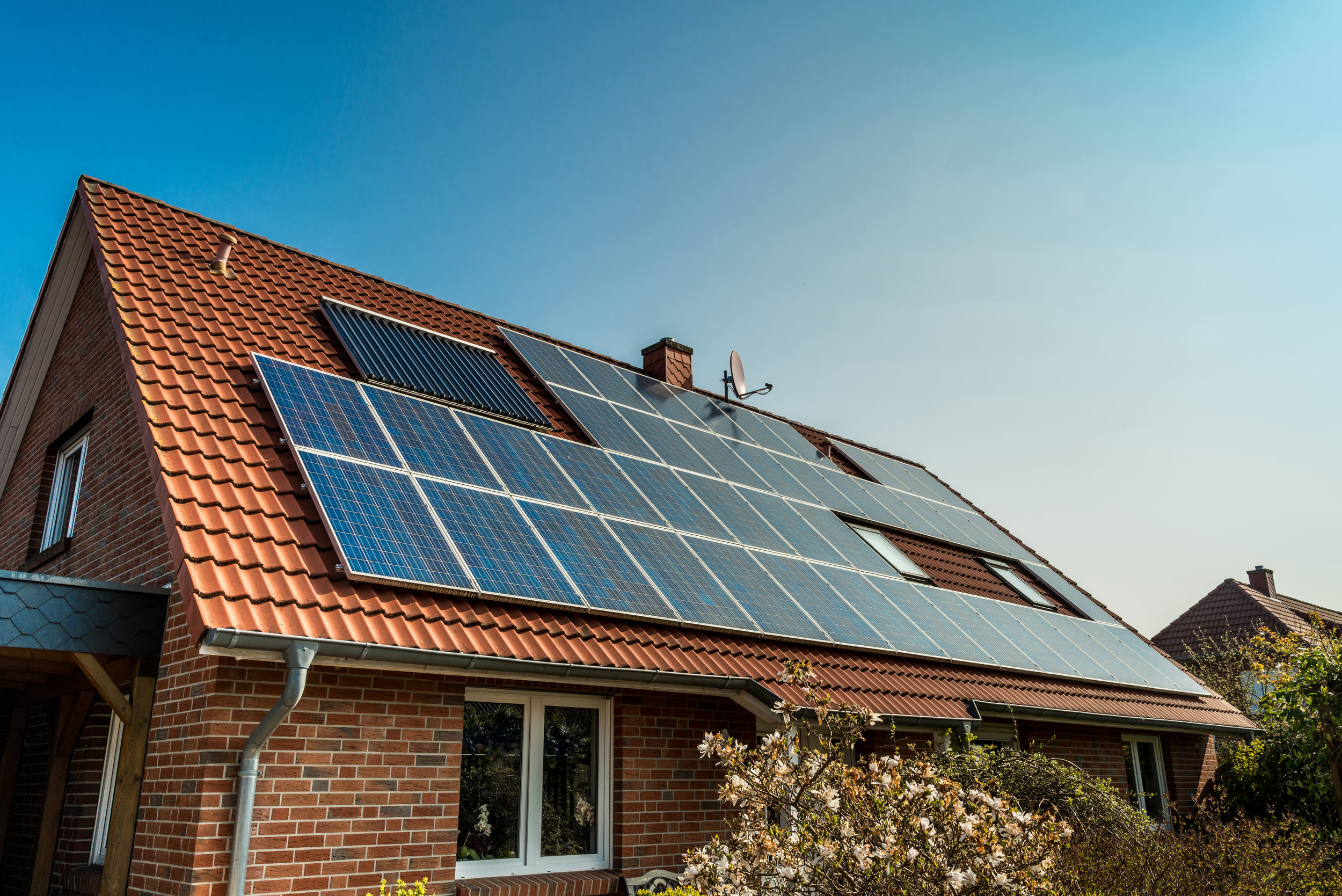
What If All Houses Were Covered With Solar Panels?
Your phone, your house and everything in between. It's life on the gold grid. But is this the utopia we thought we were?
In 2018, the state of California passed a law requiring that all new homes be built with solar panels after 2020. You may think that this sounds both extreme and unfair, knowing that house prices will rise $ 12,000. But it's a lot more logical than you think.
On the one hand, families will earn money from their new homes by saving about $ 19,000 over 30 years. Meanwhile, California will produce 74% of its electricity from the sun.
Unfortunately, not all parts of the world are like sunny California. So, if we tried to follow their example, would we be willing to fail?
In fact, California's solar initiative is hardly impressive on the world stage. In Australia, for example, about 15% of homes are already equipped with solar panels.
And in Belgium, this represents around 7% of households. But in the United States, only 0.5% of households are equipped with solar panels.
Of course, that could be a lot more. Like so much more.
A roof of just over 8 billion square meters in the United States produces 1,400 terawatt-hours of electricity with solar panels each year. That's 40% of current energy production in the United States.
Of course, we must first settle a few points. It's one thing to get all homes to have solar panels, but it's not so easy to make sure everyone has a reliable power supply in time.
For example, some countries do not get as much sun as others, or they simply have fewer people or less energy, which prevents them from relying solely on solar energy. Think of it this way. We said earlier that if every Californian home were equipped with solar panels, the state could generate about three-quarters of its energy from solar energy.
But as a result of the same initiative, a state like Wyoming, for example, could only get about 14% of its energy from solar energy. So, the success of this type of program really depends on the management of the expectations of the population according to the energy needs of a given region, the amount of sunlight received by this region and the density of the population. within its borders.
Places that can not use solar power in their own right would be encouraged to use other renewable energies adapted to their climate. The increase in global demand for solar panels would create millions of new jobs and new businesses.
To build all these new solar panels, we will have to increase our extraction of silicon and silver, which would be excellent news for China, because it is the world's largest silicon producer! ... and his second money producer.
We would need engineers to find effective ways to prevent surges. Also called "solar spills", they occur when too much energy is generated during off-peak hours, such as during the day, when sunlight is strongest and demand is lowest.
This overwhelms the grid and can trigger power outages or frequency issues. The challenge for our engineers is to find ways to divert and store the excess energy produced, then recall it if necessary.
Solar cells are a possible solution, even if it is a very expensive solution. But hopefully, strong demand would reduce the costs associated with using solar energy.
In any case, after installation, users would be profitable on their solar technology in 5 to 10 years, then save a lot on future utility bills ... while preserving the future itself.

Nice
ReplyDelete